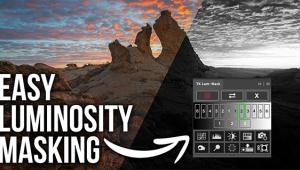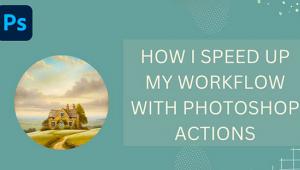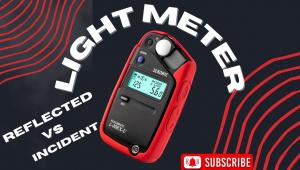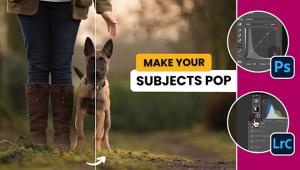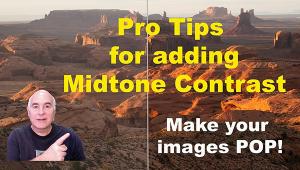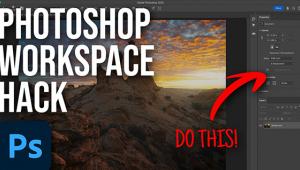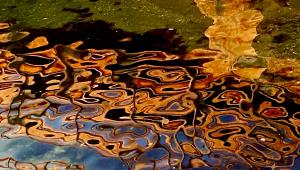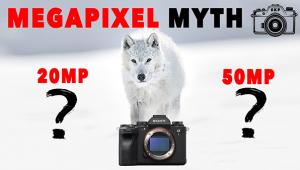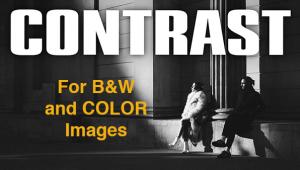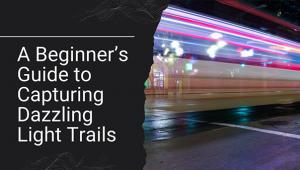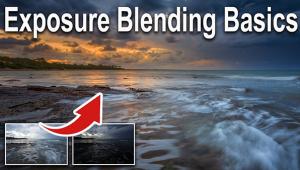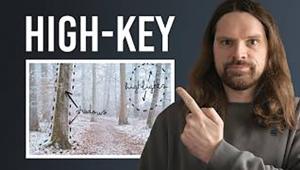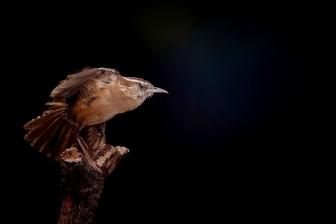Photo Basics: Why the Histogram Is So Important and How to Use It for Better Photographs (VIDEO)
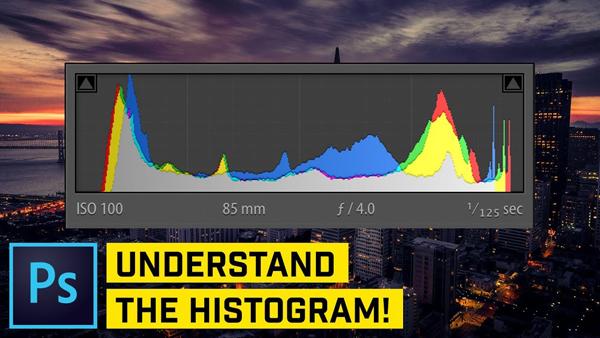
The histogram is a powerful, yet frequently overlooked, tool that can make a big difference in your photographs. This simple tutorial will help you understand how a histogram works so you can use it to get perfect exposures every time.

In the video below, Nathaniel Dodson explains how to use histograms in Photoshop and other image-editing programs. But these “essential” tips will also help you better utilize the histogram on your camera’s LCD.

As Dodson explains, interpreting the histogram on your camera or in an editing program is actually pretty simple: “The dark stuff is on the left and the bright is stuff on the right," with a gradation of everything else in between.
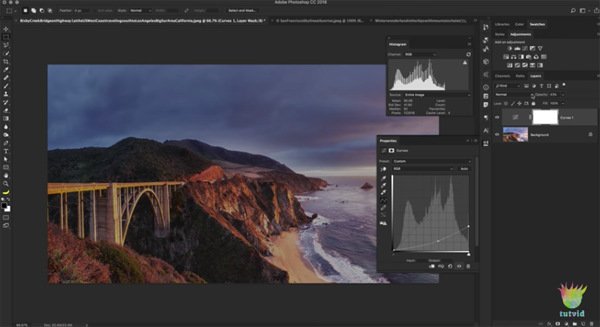
Dodson demonstrates a quick way to adjust a histogram in Photoshop to correct underexposed or overexposed images, simply by tweaking the Curves tool. You can do much the same thing with the histogram on your camera by adding a bit of EV compensation in either direction, depending upon whether the photo is too light or too dark.
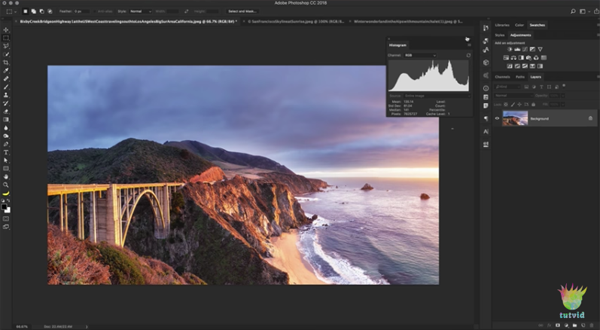
By using histograms properly, it’s easy to achieve balanced exposures and avoid blown-out highlights and shadows without detail. Once you get the hang of it, you’ll never miss an exposure again.
There are more helpful tips on Dodson’s YouTube channel, and in his recent tutorial with three tricks for enhancing the color of drab photographs.
- Log in or register to post comments





